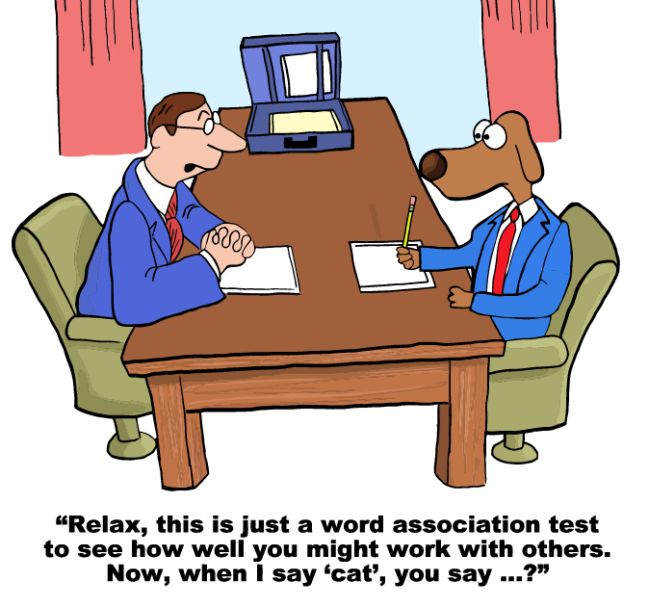 When you walk into a rescue home or a shelter, it can be difficult to fully ascertain what kind of personality a dog has. With all the noise and distractions of other dogs, people, and small spaces, only the most subtle of distinctions might set apart one dog from the next. But how do you tell which dog is right for you? With these helpful temperament tests that trainers use to help gauge the personality and potential behavioral pitfalls, you may be able to determine whether or not that adorable pup will suit you in the long term. Next time you look to adopt a new pup, go through these steps with your prospective pet to see how he or she responds to you.
When you walk into a rescue home or a shelter, it can be difficult to fully ascertain what kind of personality a dog has. With all the noise and distractions of other dogs, people, and small spaces, only the most subtle of distinctions might set apart one dog from the next. But how do you tell which dog is right for you? With these helpful temperament tests that trainers use to help gauge the personality and potential behavioral pitfalls, you may be able to determine whether or not that adorable pup will suit you in the long term. Next time you look to adopt a new pup, go through these steps with your prospective pet to see how he or she responds to you.
Dog Temperament Tests
- Ask one of the people on staff to sit in a larger enclosed space with the dog. Let the pooch sniff and wander around the space for a moment, and then call to him. Using a name is irrelevant at this point –the main goal is to see if he responds when summoned by your voice. If he does, hold out a toy or a treat and walk away for a few feet. Note if the dog follows you, and if he does not, or if he seems distracted and disinterested.
- Bring a noisy toy with you into the space. (This can be a can of pennies or paperclips, or simply your car keys.) Hold this behind your back and shake the object. Then throw the object a few feet away from the dog, and watch his reaction. Did he pay attention to the sound behind your back? Did he run over to the object when it fell, to sniff or paw at it? This proves whether or not he is an attentive and naturally curious animal.
- Next, test how the dog engages with your actions. Hop on one leg (yes you will look silly –it’s worth it!) or skip across the floor. Pretend to trip, and fall down saying “Ouch!” as you do. How did the dog respond? Did he run to your side to see if you were all right, or was he distant with minor interest?
- If the dog is still showing positive signs this far in the test, then next see how he responds to physical affection from you. Sit at his level and see if he comes over. Pet him, and if he is small enough, pick him up and hold him. See if the dog will allow you to hold him in a gentle embrace for a few moments, but watch for signs of warnings. If the dog stiffens, or growls quietly, you will need to be aware that the dog may not be ready for that kind of communication yet and may even nip if he is pushed too quickly.
- Finally, see how the dog responds to authority and restraint. Using a leash or a collar, try to hold the dog or cat back. Try leading him on the leash if the pet is older than 10-12 weeks. If he seems confused or anxious, give him a treat or a toy, and pet him to soothe the nerves. Did the dog calm down? Did he accept/respect the restraint, or was he hostile, resistant, and difficult to manage?
All of these signs indicate the kind of response level you can expect from this animal, based on how alert he is, how sensitive he is to communication, physical touch and authoritative restraint. If you have any further concerns, speak to one of the staff members to ask about any behavioral tendencies they may have noticed the animal possesses.

